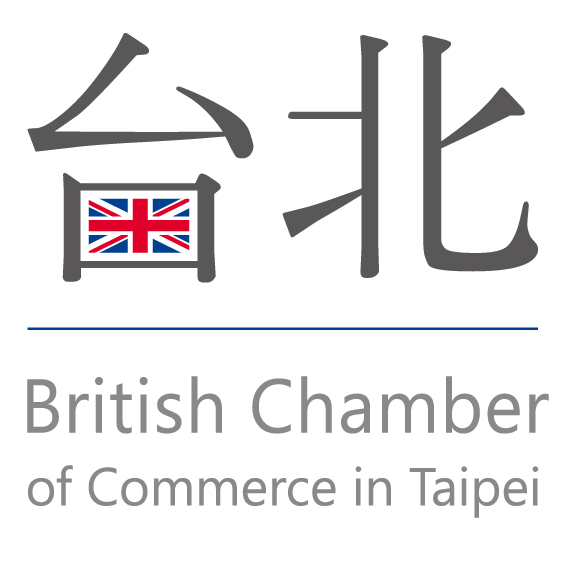Big boost to UK offshore wind capacity from Scottish auction

The Scottish government has awarded 25 gigawatts of offshore wind project development rights, more than double the UK’s existing offshore wind capacity, in one of the biggest auctions of its kind in the world.
More than half the projects, with a total capacity of 13GW, will use “floating” wind turbines, the first time that this technology, which is tethered to the seabed, will be deployed commercially at a large scale.
The UK can already generate about 10GW of electricity from existing offshore wind farms but a number of other projects already under development will expand that capacity further.
The results surprised both developers and environmental groups as the initial aim of the auction was to add another 10GW of generating capacity. In 2020, the UK set a target of 40GW by the end of the decade as part of its 2050 net-zero emissions goal.
The auction result would allow the UK to exceed the 40GW target by 2030, according to the industry trade body. “This will be the first time that floating wind is built at commercial scale,” said Rebecca Williams, head of offshore wind at the Global Wind Energy Council. “That has huge global significance, because it means that offshore wind can be built in places with deeper coastlines, like Japan and Taiwan.”
The projects, with an estimated construction value of up to £50bn in total, will be built in various locations in Scottish waters over the next decade and will help the UK maintain its position as one of the world leaders in offshore wind power generation. Many governments, including the UK, have identified maritime wind power as key in meeting climate targets. The auction, the first since the management of offshore wind rights were devolved by the UK government to Scotland in 2017, attracted more than 70 bids.
Developers including the UK’s BP and SSE, Anglo-Dutch rival Shell, Spain’s Iberdrola and Sweden’s Vattenfall won the rights for the 17 projects auctioned by Crown Estate Scotland. Iberdrola-owned Scottish Power, was the most successful, securing rights for three projects with a total capacity of 7GW. Other winners included some new to the offshore wind sector, including Italy’s Falck Renewables and BayWa of Germany, which are both better known for onshore projects.
Some of the largest offshore wind developers, Germany’s RWE and Norway’s Equinor, failed to secure any rights. The auction brings in an initial £700m for the Scottish government, which said it expected the developers to deliver at least £1bn of investment in the UK’s renewable energy supply chain for every gigawatt of power, or about half of the total estimated construction cost for the 25GW.
Successive governments have been criticised for failing to ensure that local suppliers benefited from the drive over the past decade that has seen the UK establish itself as a world leader in offshore wind. Most of the lucrative manufacturing contracts have instead gone to companies abroad.
The permits grant developers access to specific areas of the seabed off Scotland’s coast, although successful applicants will still have to go through other planning processes and secure a UK government subsidy contract that guarantees a minimum generating price.
Scotland is already home to the world’s first small-scale floating offshore wind farms. Traditionally, offshore wind farms use turbines that are fixed to the seabed. But the nascent floating technology allows projects to be built further out at sea at greater depths, where wind speeds are typically higher, or over parts of the seabed where the geology would not support fixed foundations.
